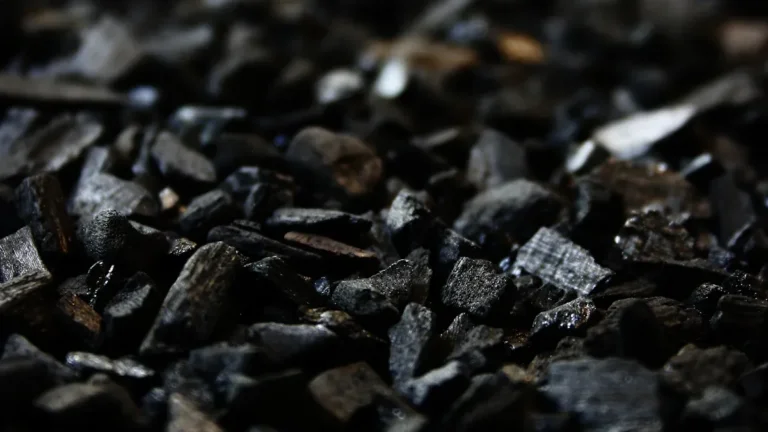触媒活性炭
.webp)
Buy Catalytic Activated Carbon
業界の課題
Technical Performance Bottleneck
- The catalytic efficiency declines, with the activity dropping by 30-50% after 3-6 months of operation. The anti-poisoning ability is insufficient. In sulfur/chlorine-containing exhaust gases (with SO₂ > 500 ppm or HCl > 100 ppm), the catalytic efficiency sharply decreases by 60%. Mass transfer limitation occurs, and the conversion rate of large molecule VOCs (such as polycyclic aromatic hydrocarbons) is less than 70%.
Engineering Application Challenges
- The pressure drop of the fixed-bed catalyst (>5 kPa) is incompatible with the existing environmental protection equipment. The wear rate of activated carbon in the fluidized bed is >5% per month, and the fluctuations in temperature and humidity (±20℃/±10%RH) result in a 30% fluctuation in reaction efficiency.
Control of By-products
- The halogen-modified carbon may generate dioxins at temperatures above 200℃, and the N₂O by-product in the NH₃-SCR process exceeds the standard (the global warming potential of N₂O is 298 times that of CO₂).
Challenges of Cutting-edge Technologies
- The laboratory performance (such as the Fe-N-C pair having an ORR activity of 0.9V) shows a significant disparity from the industrialized performance (<0.7V), with poor consistency (activity fluctuations of ±15% between batches).
活性炭の種類
-r8fslg51nt6wgjtvh6yldxb1gtkgm3lpe0oq1akgog.webp)
- ヨウ素価:600-1200
- メッシュサイズ:1×4/4×8/8×16/8×30/12×40/20×40/20×50/30×60/40×70 (その他のサイズはお問い合わせください)
- 見かけ密度400-700
当社の活性炭を使用する理由

Precisely Customized Carrier Solutions:
1. Regarding environmental governance: Develop ultra-large mesoporous AC (with pore diameters ranging from 20 to 100 nm), which perfectly matches large-molecule enzymes such as laccase and peroxidase (enzyme loading > 400mg/g).
2. For medical applications: Ultra-pure medical-grade AC (ash content < 0.1%, no detection of heavy metals), certified by FDA/GMP.
3.For the food industry: Surface inert modification AC prevents the migration of impurities during the enzymatic catalysis process.

Intelligent Production Control System:
1. AI-driven pore structure optimization: Using machine learning to predict the optimal pore size distribution, ensuring that the fluctuation in enzyme loading is less than ±3%.
2. Digital Twin Factory: The virtual simulation can predict the decline in catalyst performance 48 hours in advance, allowing customers to adjust production parameters in real time.
プロセスと技術
1. Metal-supported Catalytic Method
ソリューションの概要
The metal-supported catalytic method involves loading active metal components (such as Pd, Pt, Cu, Fe, etc.) onto the surface of activated carbon. By leveraging the high specific surface area and abundant pore structure of activated carbon, combined with the catalytic activity of the metals, this technique enables efficient catalytic reactions.
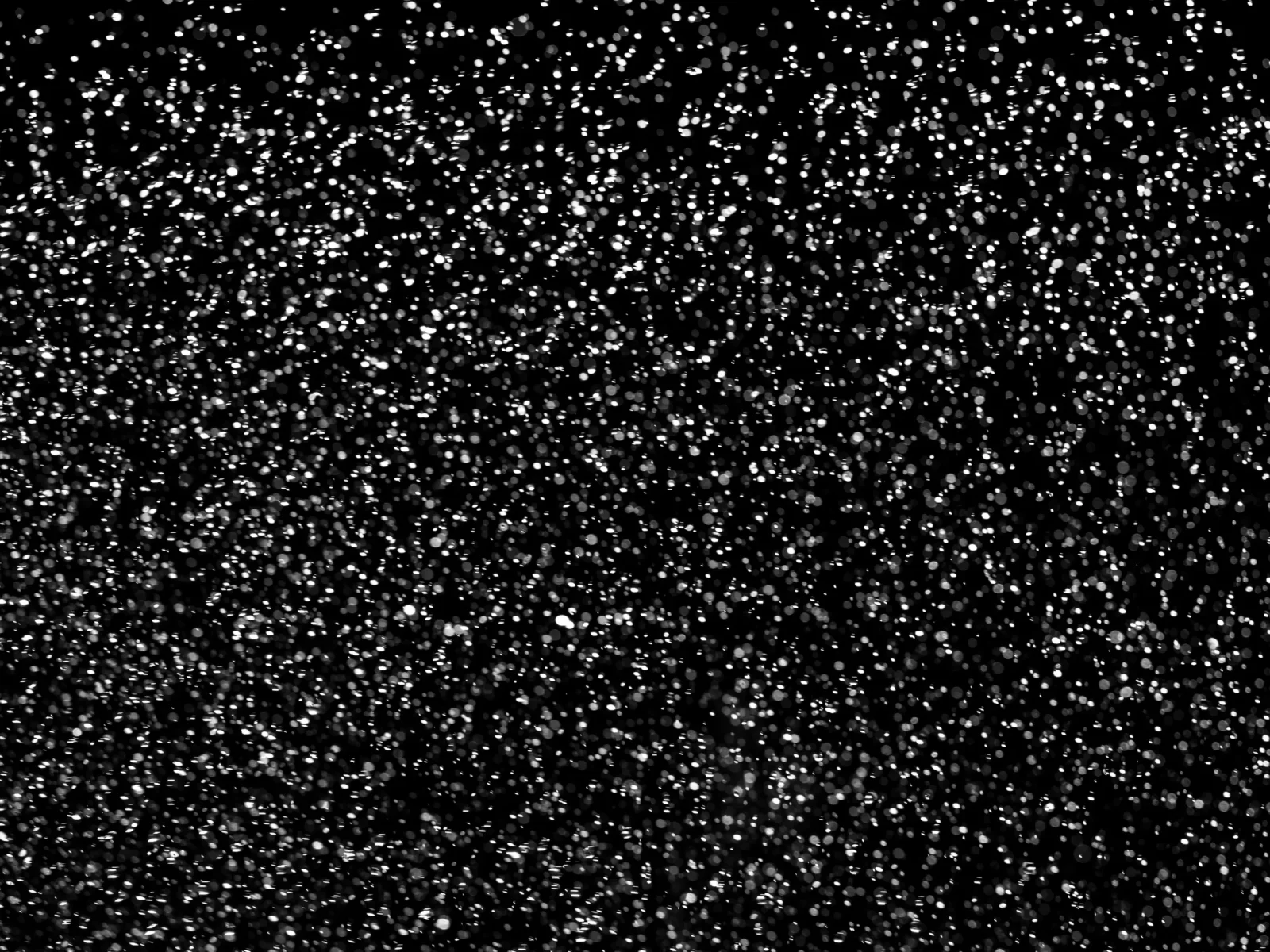
主な利点
- Ultra-high catalytic activity: The high specific surface area (800 - 1500 m²/g) of activated carbon can stably load 1 - 5 nm metal particles, providing dense active sites. Many reactions can be carried out at < 300°C, significantly reducing energy consumption.
- Precise reaction selectivity: By choosing the type of metal and modifying the surface of the activated carbon, the reaction pathway can be directionally controlled.
- Excellent anti-poisoning ability: The porous structure can adsorb toxic substances such as sulfur and chlorine, reducing the deactivation of metal active sites. Through thermal regeneration (at 300 - 500℃) or acid washing, the activity can be restored and it can be reused for 5 - 10 times.
- Adaptability to complex systems: Suitable for industrial exhaust gases containing dust, low humidity (<15%), and multiple pollutants.
2. Non-metallic Modified Catalytic Method
ソリューションの概要
The non-metallic modified catalytic method is a technology that endows the surface of activated carbon with catalytic functions through chemical modification or element doping, without relying on precious metals.
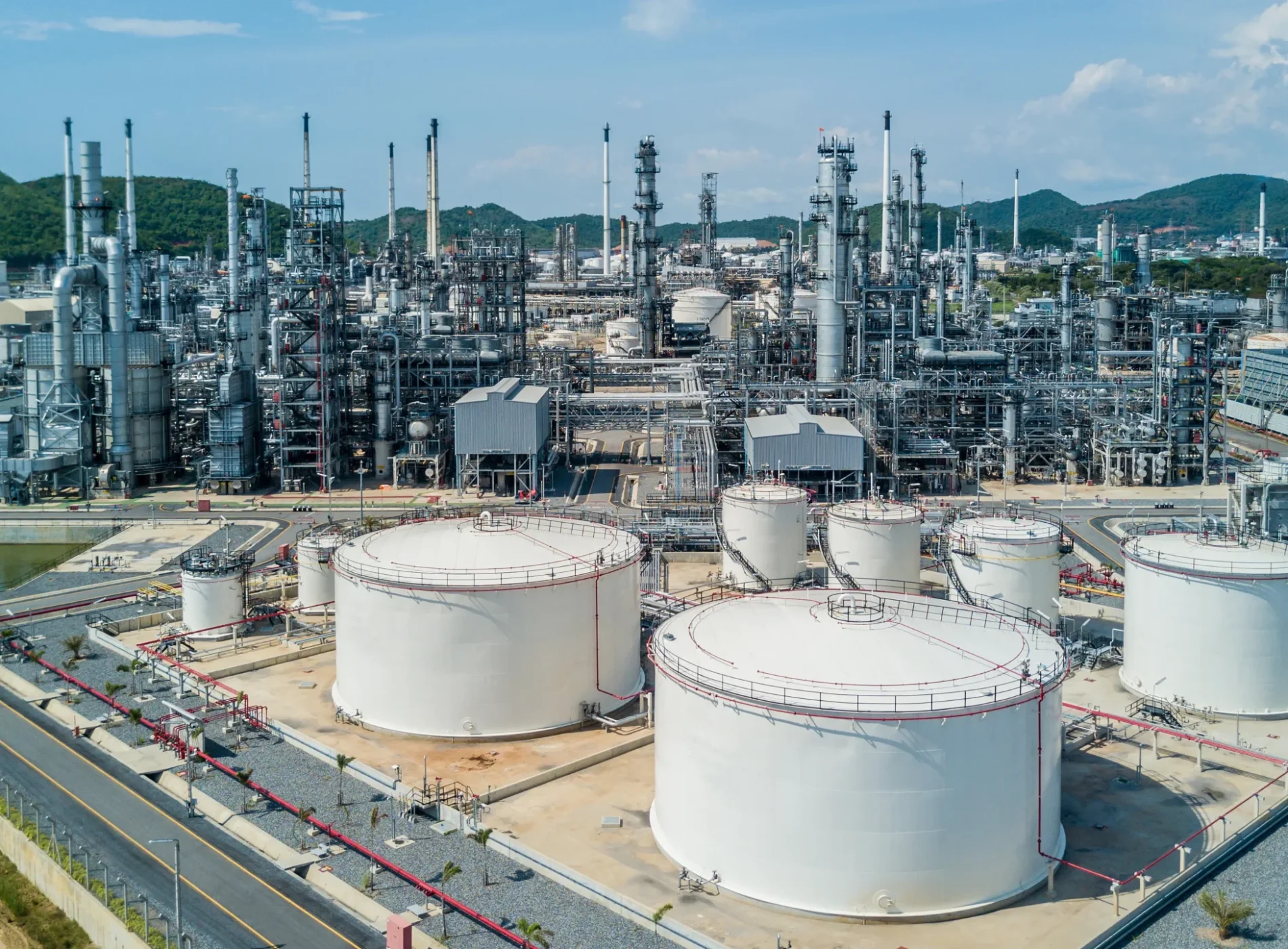
主な利点
- No metal sintering issue: Traditional metal catalysts undergo particle agglomeration at temperatures above 500℃, while non-metal sites (such as pyridine nitrogen) remain thermally stable up to 800℃.
- No risk of heavy metal leaching: The traditional metal catalysts such as Pd and Cr may seep into water bodies (for example, wastewater from electroplating plants), while non-metallic carbon complies with the RoHS standards.
- Exceptional stability: The activity of the metal catalyst decreases by more than 50% after being regenerated 3-5 times. The N-AC maintains 95% of its performance after undergoing 1000 oxygen reduction cycles.
- Strong process compatibility: It can directly replace the traditional activated carbon adsorption tower, and the powdered N-AC is compatible with the existing jet system.
3. Acid-base Catalysis Method
ソリューションの概要
The acid-base catalysis method is a technology that utilizes the acidic or basic functional groups on the surface of activated carbon as catalytic active sites to facilitate chemical reactions.
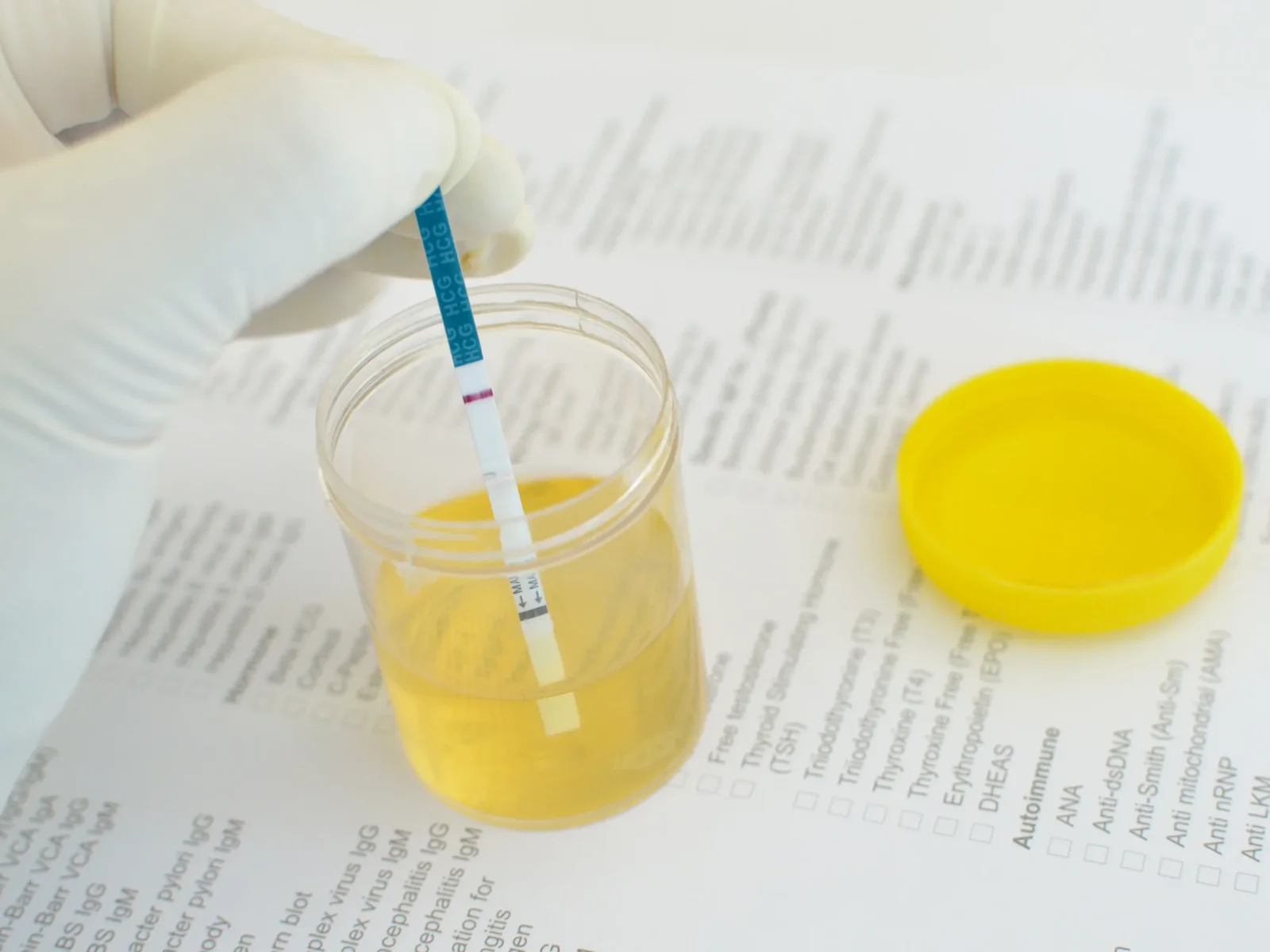
主な利点
- Alternative to liquid strong acids and strong bases: The traditional process uses concentrated sulfuric acid (for esterification) and sodium hydroxide (for saponification), generating a large amount of waste liquid; the activated carbon solid catalyst can be reused more than 20 times, reducing 90% of hazardous waste.
- Extremely high reaction selectivity: For acidic AC, the by-product of esterification reaction is less than 1% (compared to about 5-10% in traditional acid catalysis). For alkaline AC, the selectivity of Knoevenagel condensation is over 99.5%.
- Synchronous catalysis and adsorption: Acidic AC adsorbs water during esterification (promoting the shift of the equilibrium to the right and increasing the conversion rate by 15%), while basic AC adsorbs heavy metals (such as Cd²⁺) during the degradation of organophosphorus pesticides.
- Photothermal-responsive catalysis: Under ultraviolet light irradiation, the acidity (H₀) of TiO₂-modified AC can be switched from 2.0 to -3.0, enabling real-time control of the reaction.
4. Light/Electro-catalytic Method
ソリューションの概要
The photo/electro-catalysis method is a cutting-edge technology that combines activated carbon with photosensitive or conductive materials to drive catalytic reactions using external light energy or electrical energy.

主な利点
- Revolutionary breakthrough in energy efficiency:Solar direct drive, the TiO₂/AC system utilizes sunlight at an efficiency of 8% (compared to only 2% for traditional powdered TiO₂), and processing 1 ton of VOCs can save 3000 kWh of electricity. Ultra-low overpotential: The hydrogen evolution overpotential of Fe-N-C/AC is only 98 mV (10 mA/cm²), saving 40% of electrical energy c ompared to platinum-carbon.
- Operation and maintenance cost: The photocatalytic system has no consumable parts to replace (compared to the activated carbon adsorption bed which requires replacement 4 times per year), and the lifespan of the electrocatalytic electrode is over 5 years
5. Biological Enzyme Immobilization Method
ソリューションの概要
The immobilization of biological enzymes involves fixing free enzymes onto activated carbon through physical or chemical methods, thereby creating stable and reusable biological catalysts.
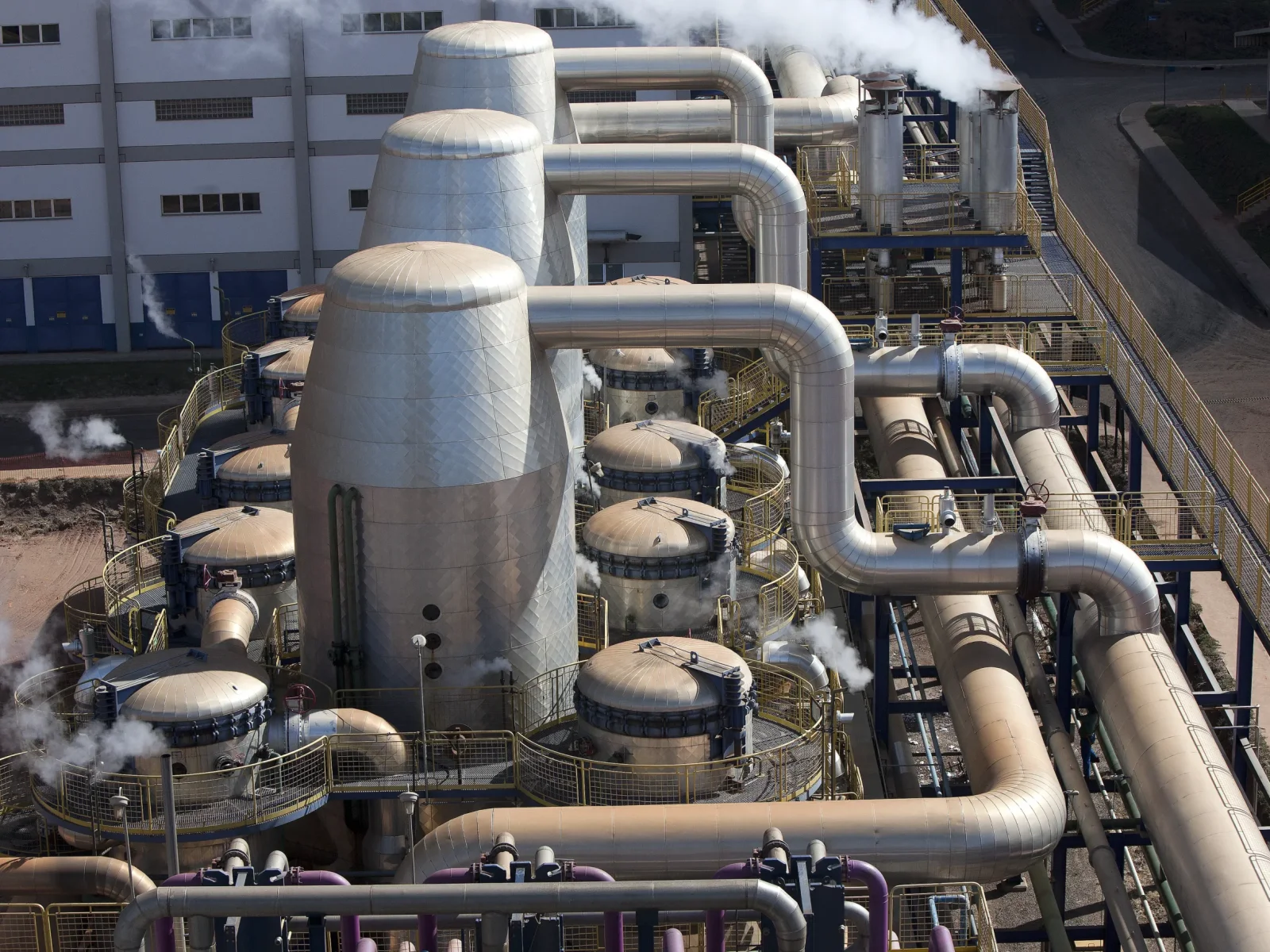
主な利点
- Enzyme loading capacity far exceeds competitors: The extremely large specific surface area of activated carbon (800 - 1500 m²/g) enables an enzyme loading capacity of 500 mg/g, which is 3 to 5 times that of resin carriers (100 - 150 mg/g).
- Extremely low loss of activity: The directed immobilization technology ensures that the retention rate of enzyme activity is over 90% (compared to only 60-70% with traditional cross-linking methods).
- Temperature tolerance: The immobilized glucose oxidase maintains its activity for 8 hours at 70℃ (while the free enzyme loses its activity after 10 minutes).
- Micro-reactor effect: The mesopores (2-50nm) of activated carbon form "nanoscale reaction chambers", resulting in a 100-fold increase in local substrate concentration.
- Zero secondary pollution: After treating the phenolic wastewater, no enzyme protein residue is left (the COD of the free enzyme method increases by 30%)

-r8fsli0q1h9h3rr567ruiwtynlb71ht629zozuhoc0.webp)
-r8fslbfupn0gui0p8mxgjghqhw7mjm31pdfamwrfjk.webp)
-r8fsle9da54btbwls65c8xs4a1tq6pe8prdr2qn90w.webp)







